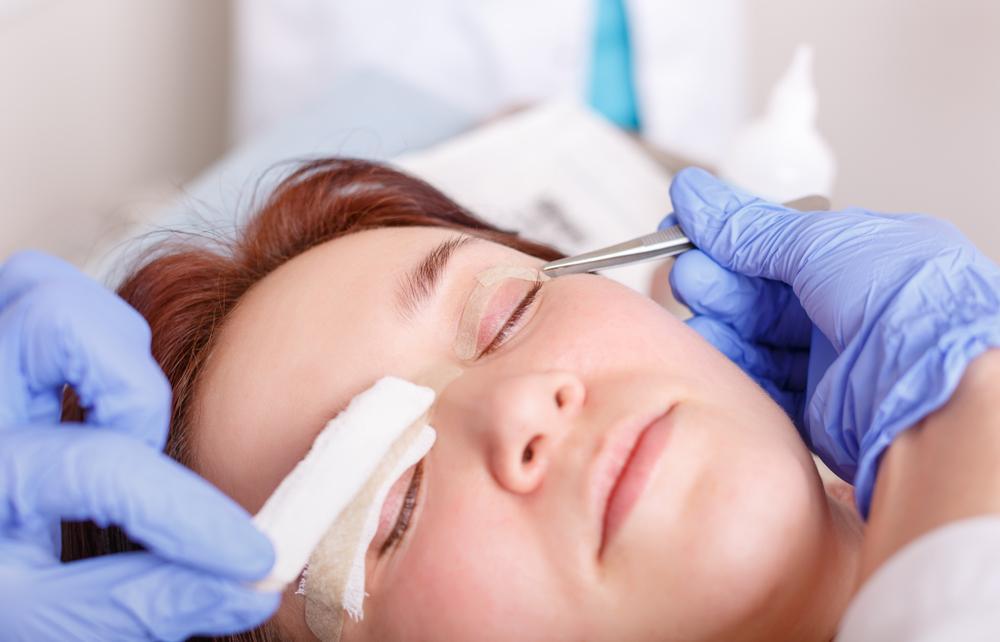Blepharoplasty 101: Everything You Want (and Need) to Know

What is a blepharoplasty? If youve never heard of the term, you might know it by another name: eyelid surgery.
A procedure undertaken either for medical or cosmetic reasons, sometimes because an individual finds that their eyes age them noticeably or that they look tired all the time, blepharoplasties are becoming more and more popular. In fact, at the moment, theyre more popular than facelifts and rhinoplasties.
Here are some common questions about blepharoplasty.
WHAT DOES A BLEPHAROPLASTY INVOLVE?
Blepharoplasties often involve either removing excess skin in the upper lid, or reducing fat pockets in the lower eyelid. The former restores a younger look in the patient while also facilitating peripheral vision, while the latter helps reduce a tired and puffy looking lower lid.
HOW INTENSE IS THE PROCEDURE AND HOW LONG DOES IT TAKE?
The operation can take from 1 to 3 hours. Downtime and recovery lasts from about 1 to 2 weeks a relatively short time for surgery that might explain its growing popularity over facelifts and rhinoplasties.
Mild aches and discomfort can occur after surgery, usually settling over a two day period. OTC Pain Medications are typically enough to manage.
Swelling of the lids is typically gone within a few weeks.
WHAT KIND OF AFTERCARE IS NECESSARY?
Frequent use of ice packs on the eye to help reduce swelling are recommended. Patients should elevate their head around 30 degrees for the two week recovery period, and avoiding straining their eyes or facial muscles. Contacts should not be worn during the recovery period.
WILL THERE BE ANY SCARRING?
Because the incision is hidden in the crease of the eyelid for an upper blepharoplasty, any scarring is extremely difficult to see. For a lower blepharoplasty, the incision is placed under the conjunctiva and is completely hidden.
WHAT DO THE RESULTS LOOK LIKE?
See for yourself below:

Something we didnt cover? Call (571) 203-1300 or check here for more information.
